This canvas is certainly not signed, but what matters here is the emotion it conveys. We chose this canvas for its silent intensity. The artist immerses us in an atmosphere, evokes an emotion, tells us a story without saying a word. This young Breton, seated alone in a 19th century cabaret, instantly captures us with his melancholy air. What is he thinking? Is he waiting for someone? Is he absorbed by distant thoughts, dreaming of somewhere else or meditating on his present? The artist has captured this fleeting moment with disturbing accuracy.
The humanity of the treatment, the artist's touch and the play of light and shadow that gives depth to the canvas are strongly reminiscent of Alexandre Antigna (1817-1878), born in Orléans. This artist was admitted to the École des Beaux-Arts de Paris in 1839. . A student of Sébastien Norblin for one year and then of Paul Delaroche for seven years, Alexandre Antigna was above all a painter of the humble, as his most famous works attest. Very quickly classified among the realists and close to Gustave Courbet, Antigna nevertheless distinguished himself from the master of Ornans by the poetry and religion with which he imbued his subjects. From 1860, more serene, he distinguished himself in particular in portraits of Aragonese women, seascapes and numerous Breton scenes. His subjects also dealt with discrimination between city dwellers and poor villagers in the 19th century. Very present in the museum of Orléans, but also in Bordeaux, Toulouse, Dinan, Chartres.












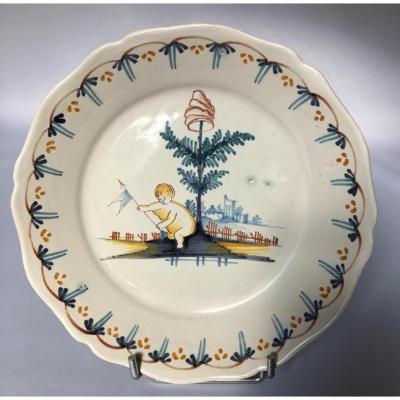
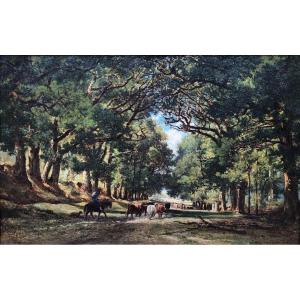





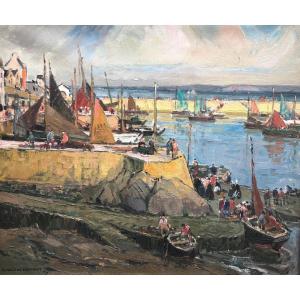
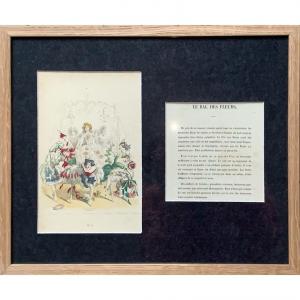





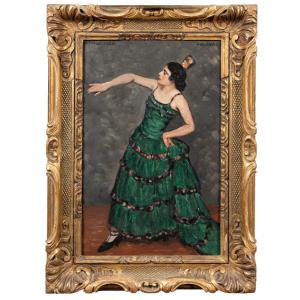


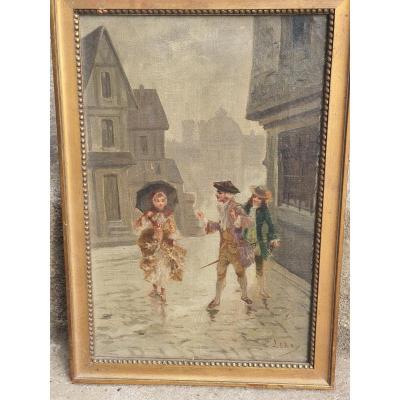




 Le Magazine de PROANTIC
Le Magazine de PROANTIC TRÉSORS Magazine
TRÉSORS Magazine Rivista Artiquariato
Rivista Artiquariato